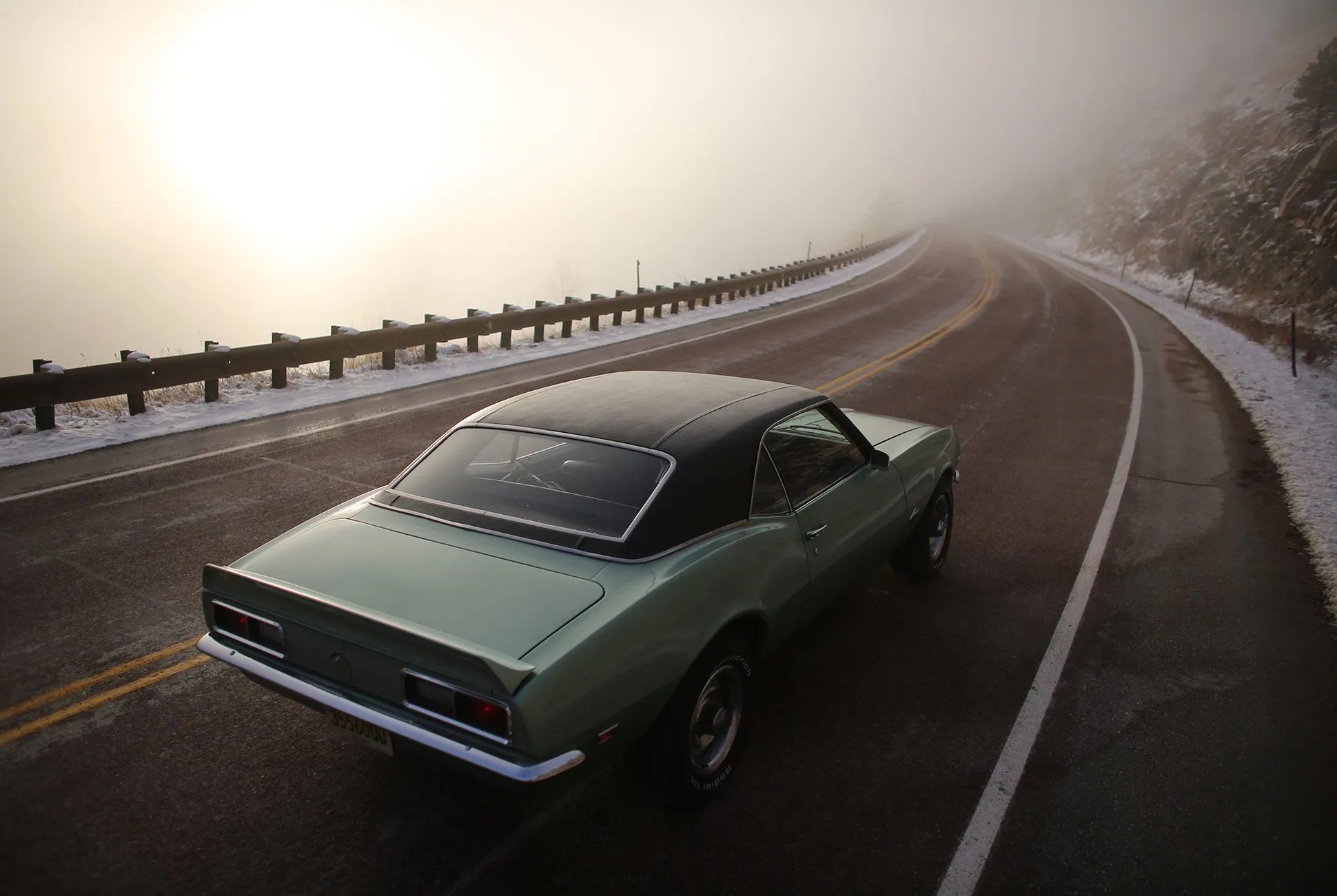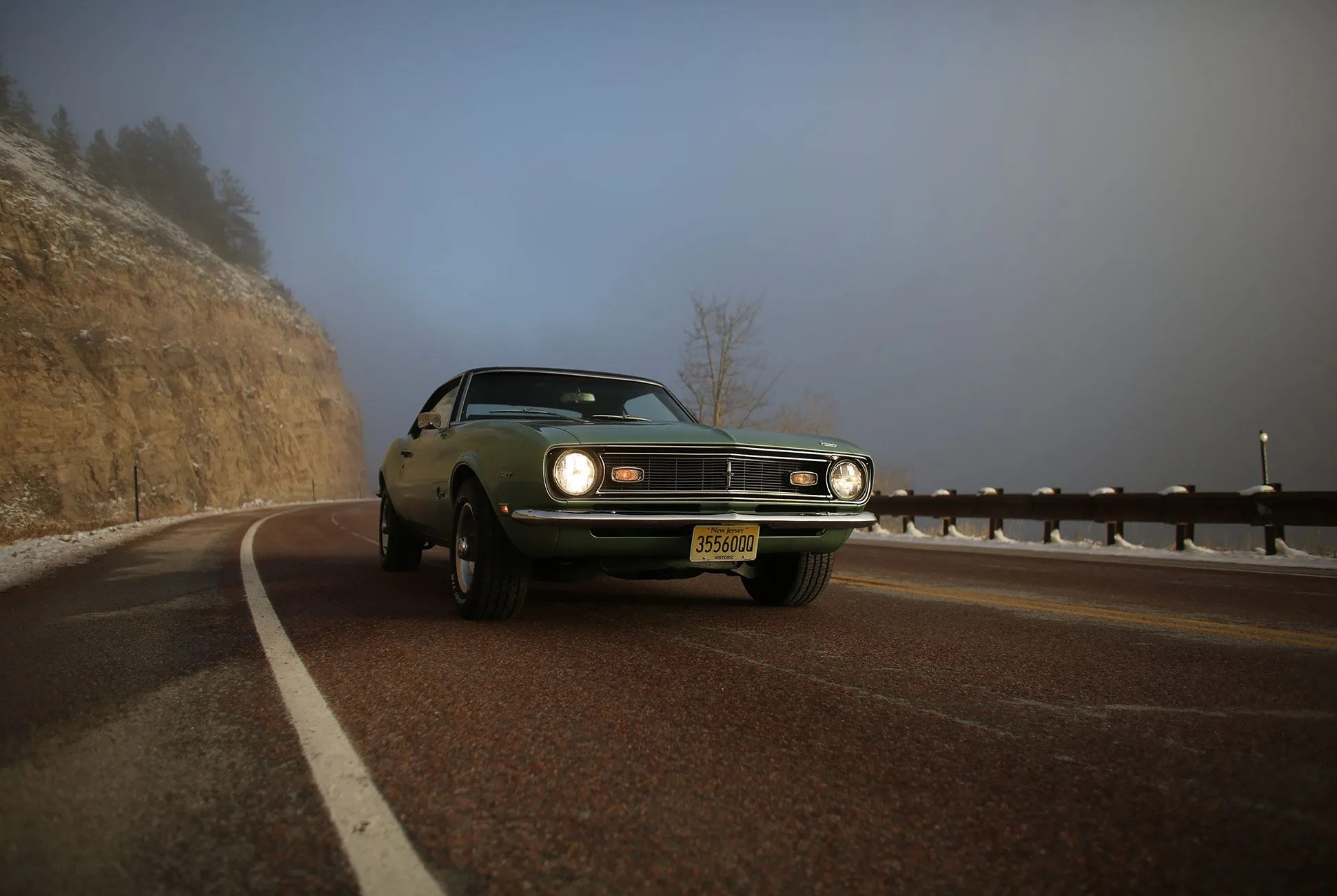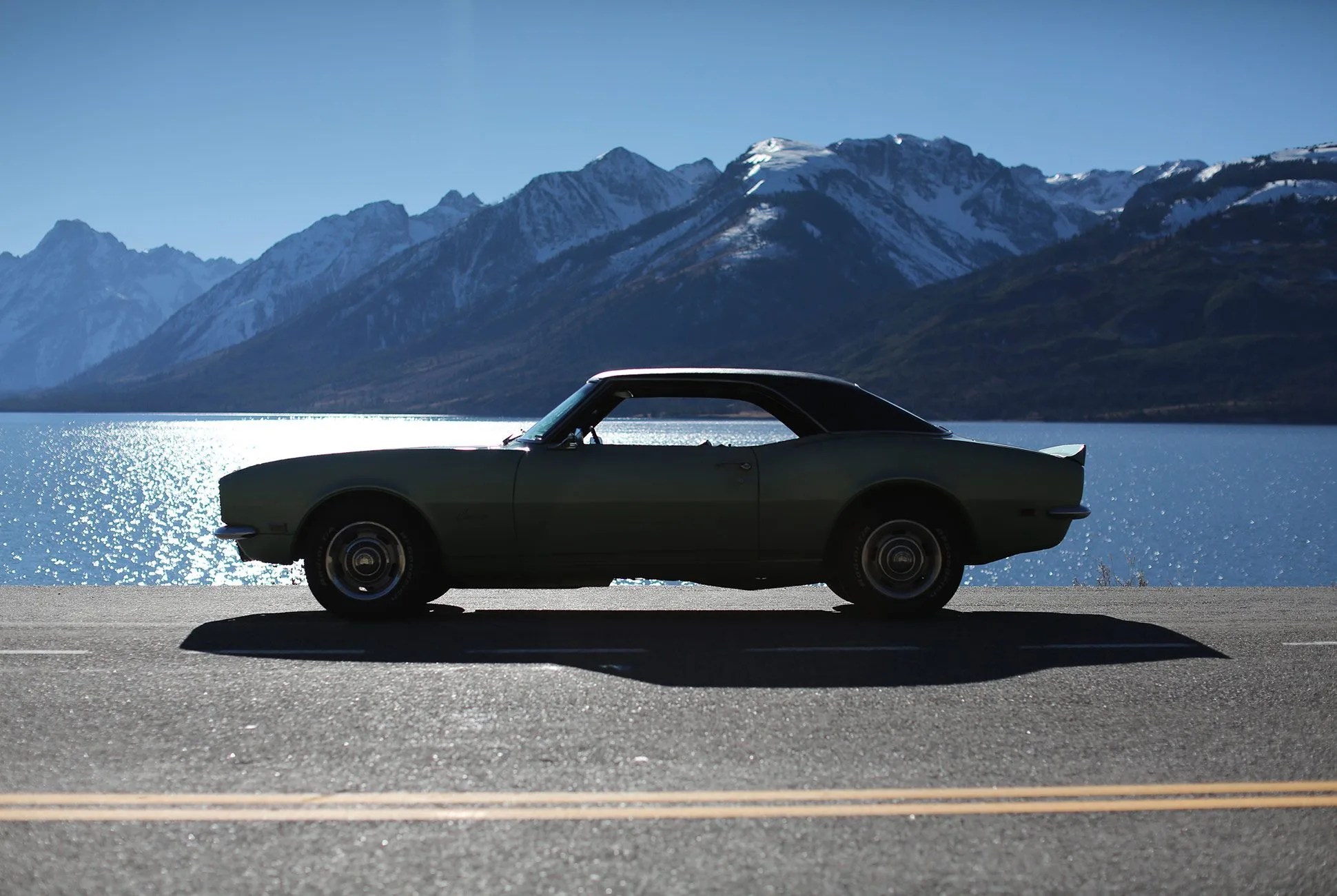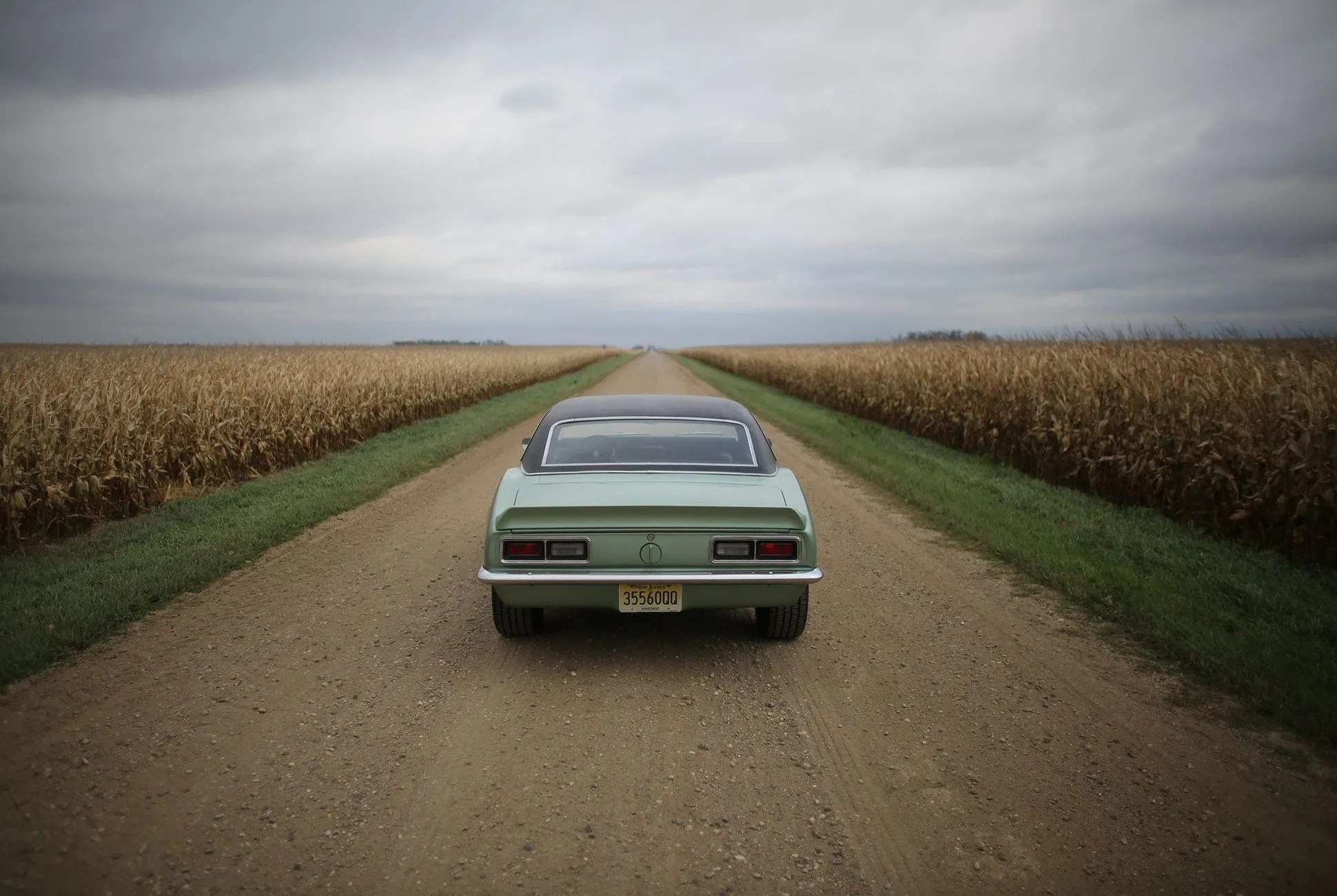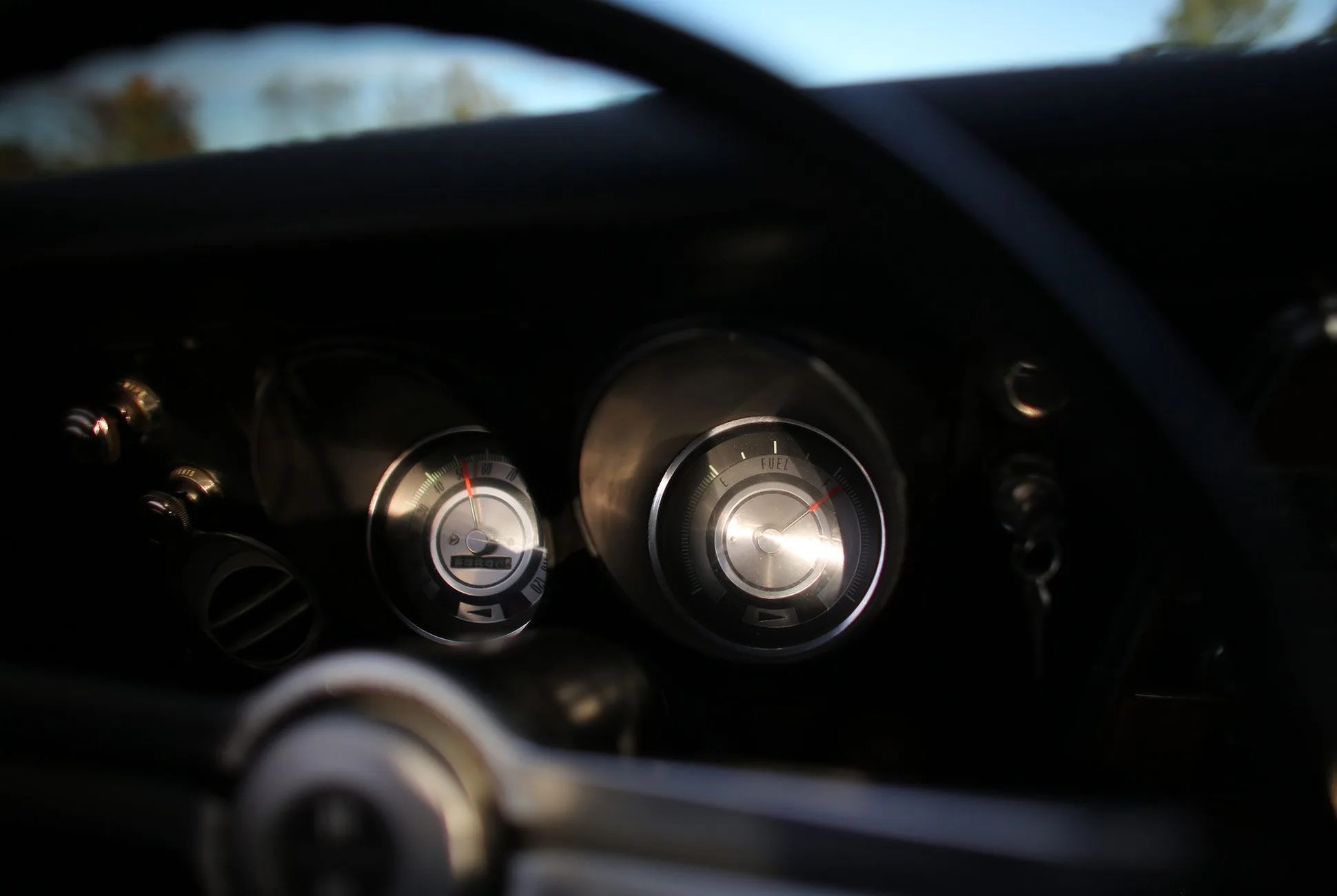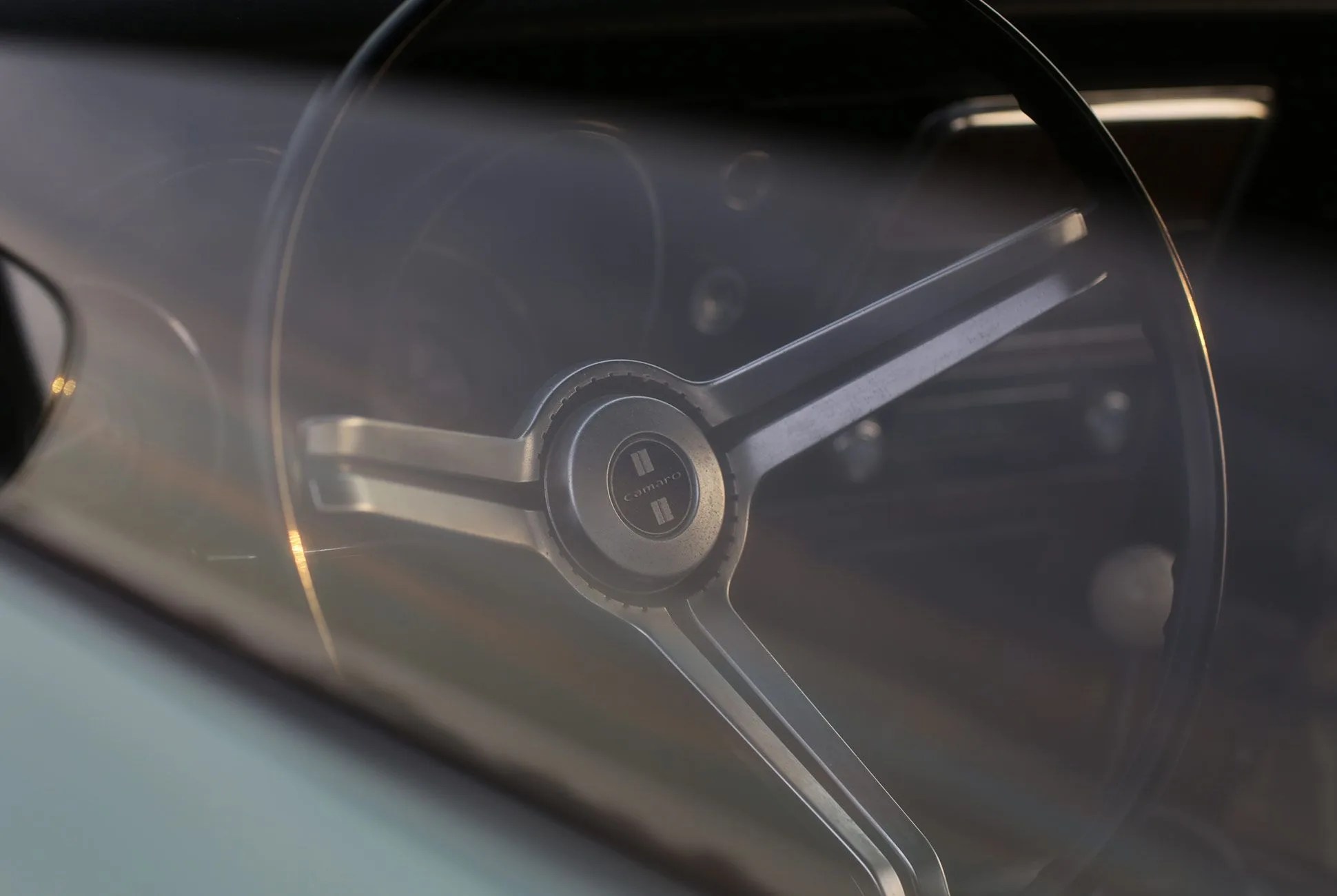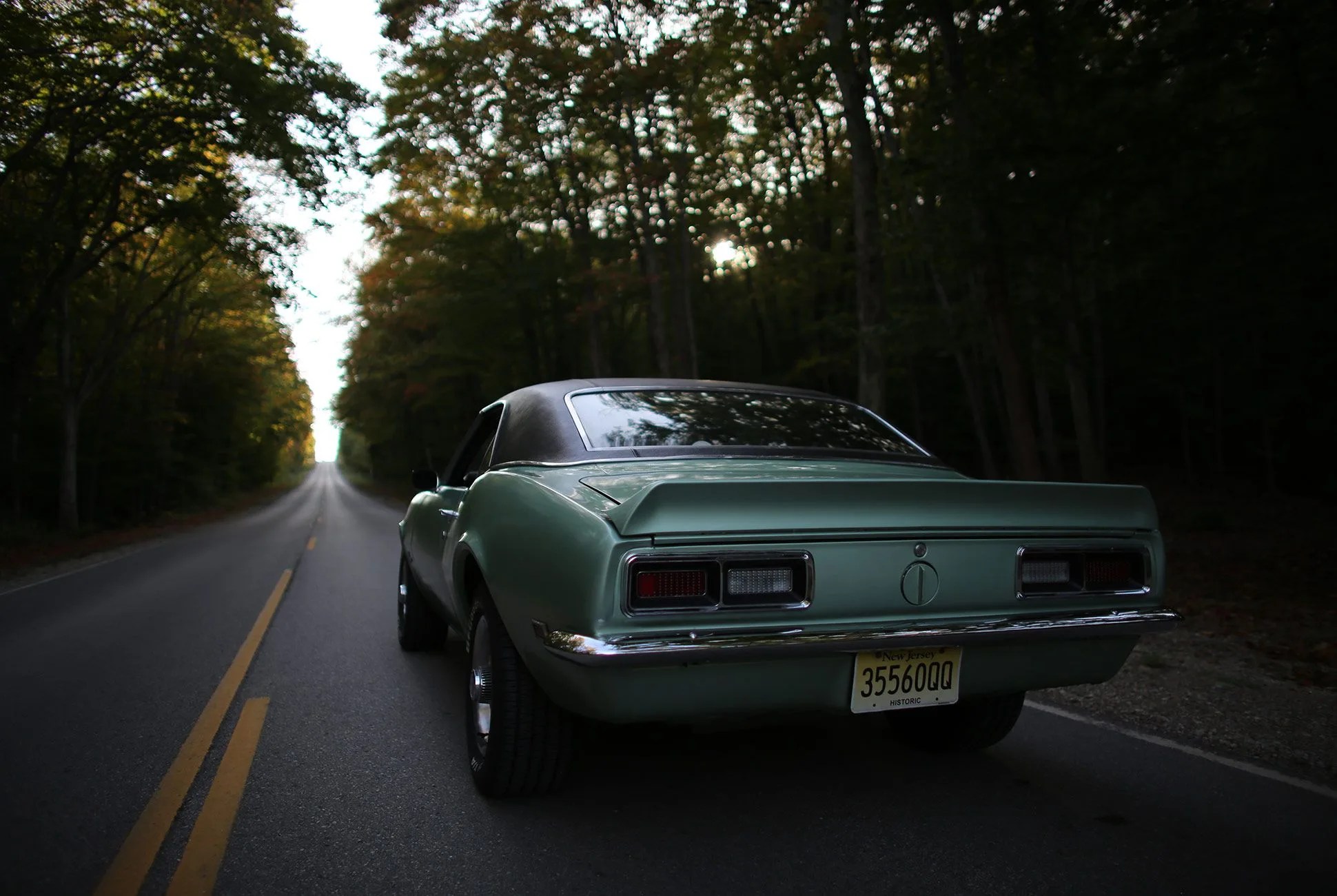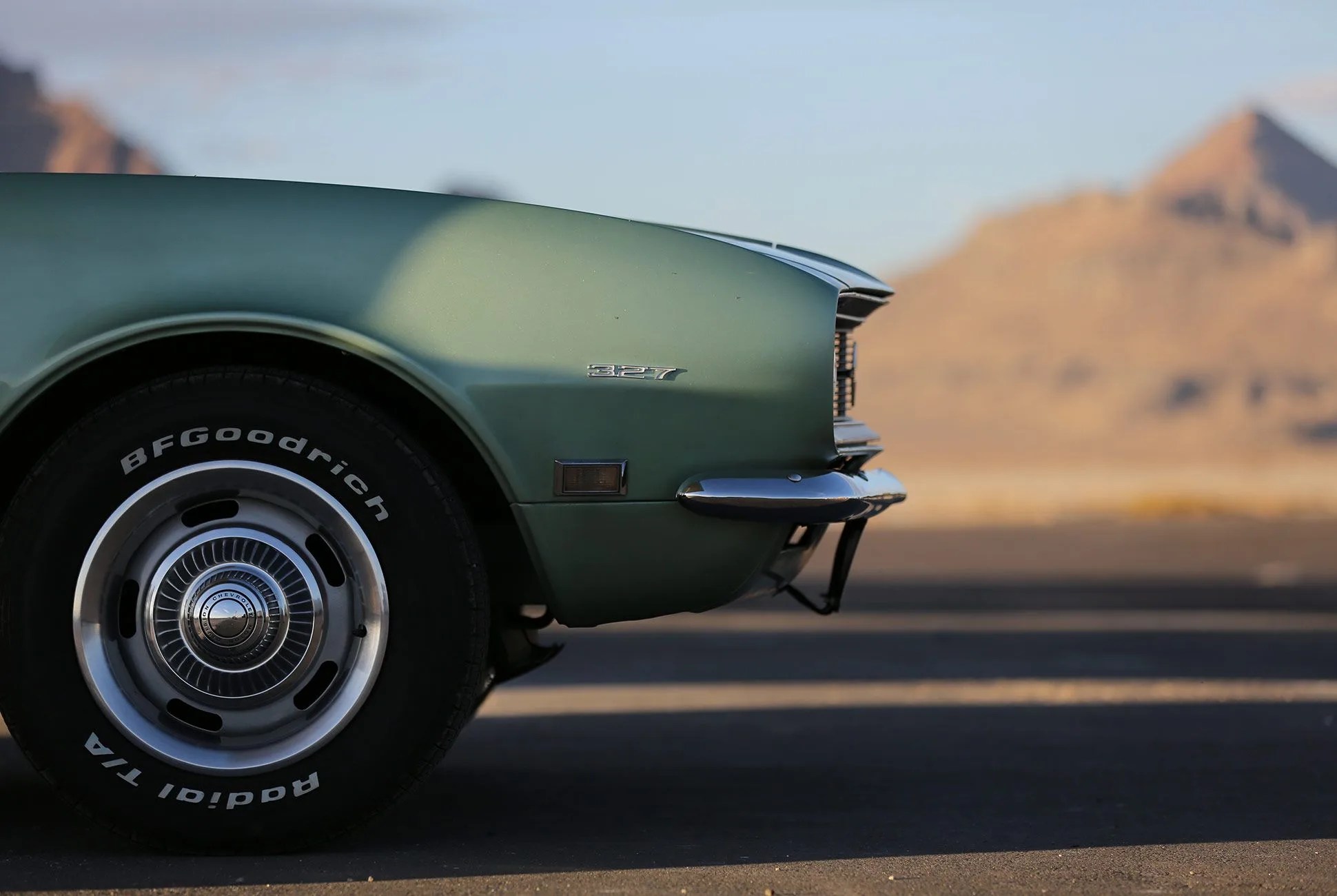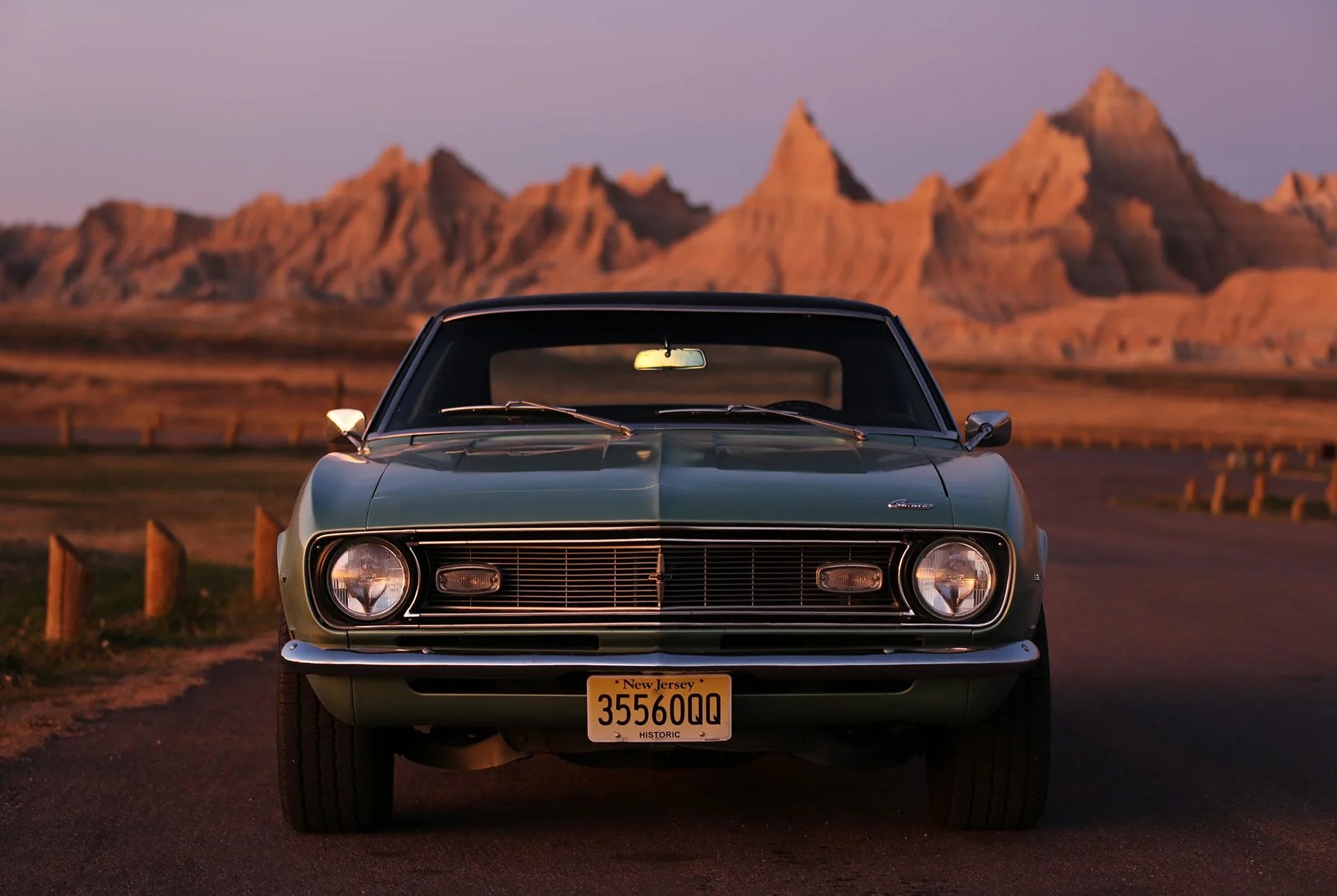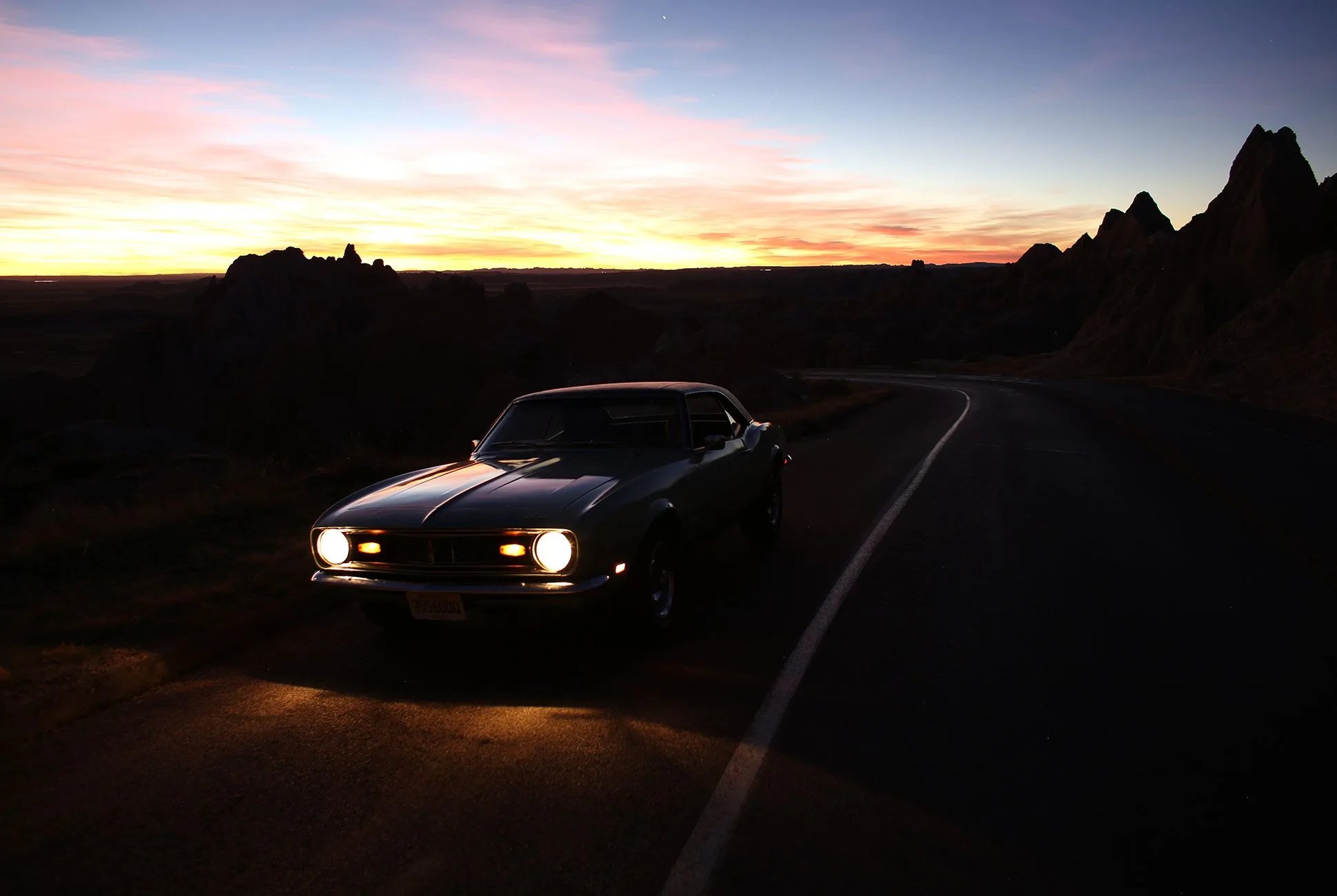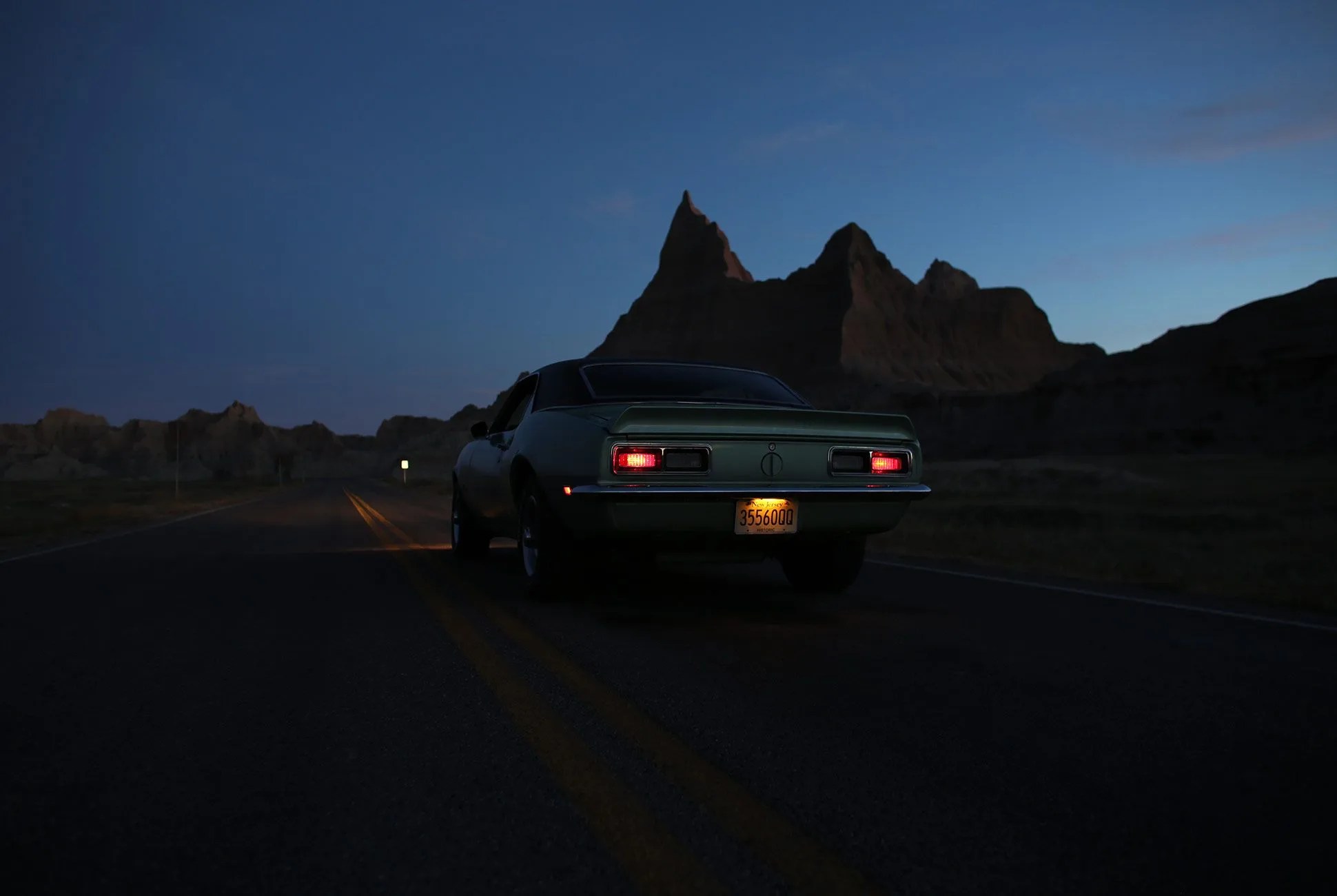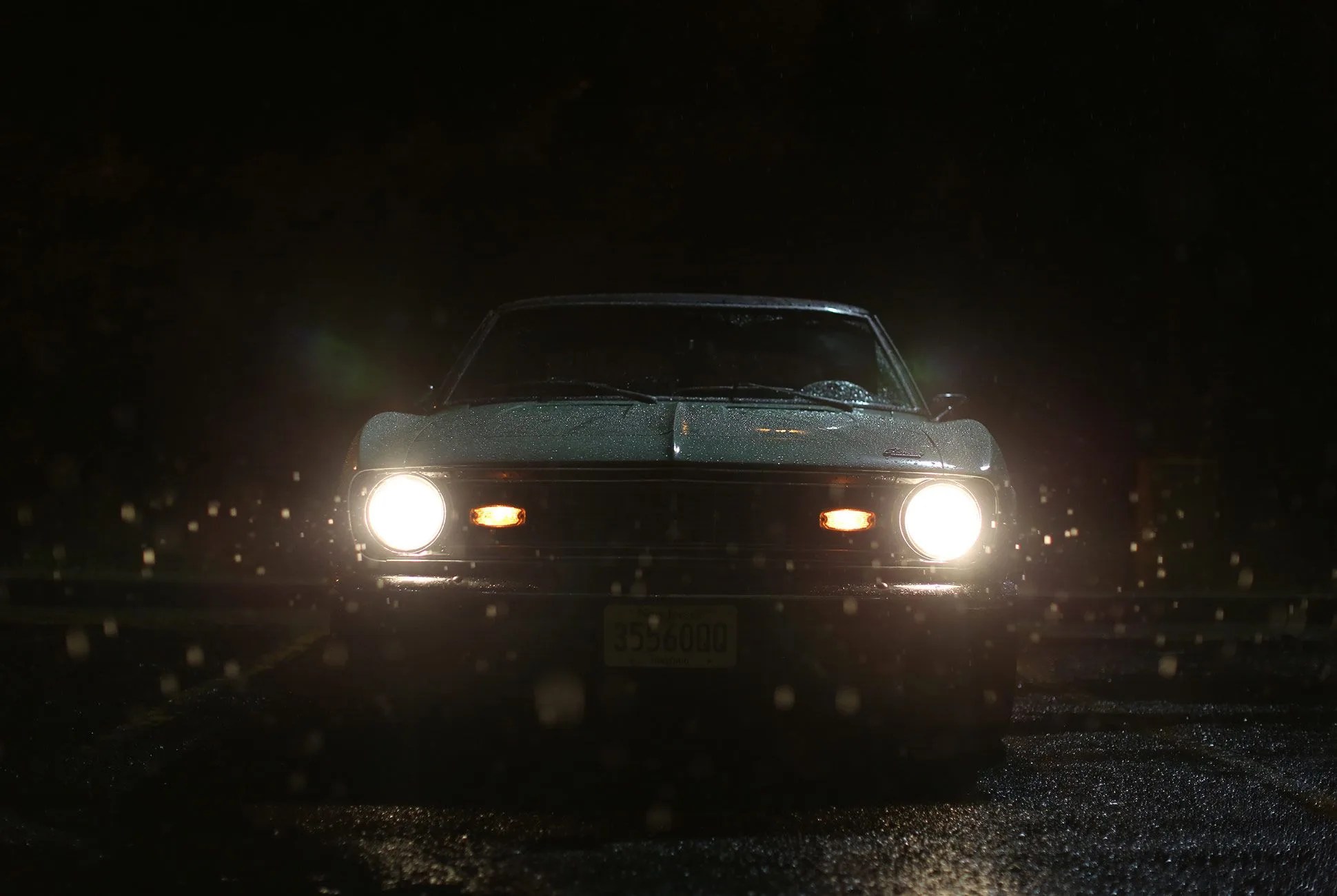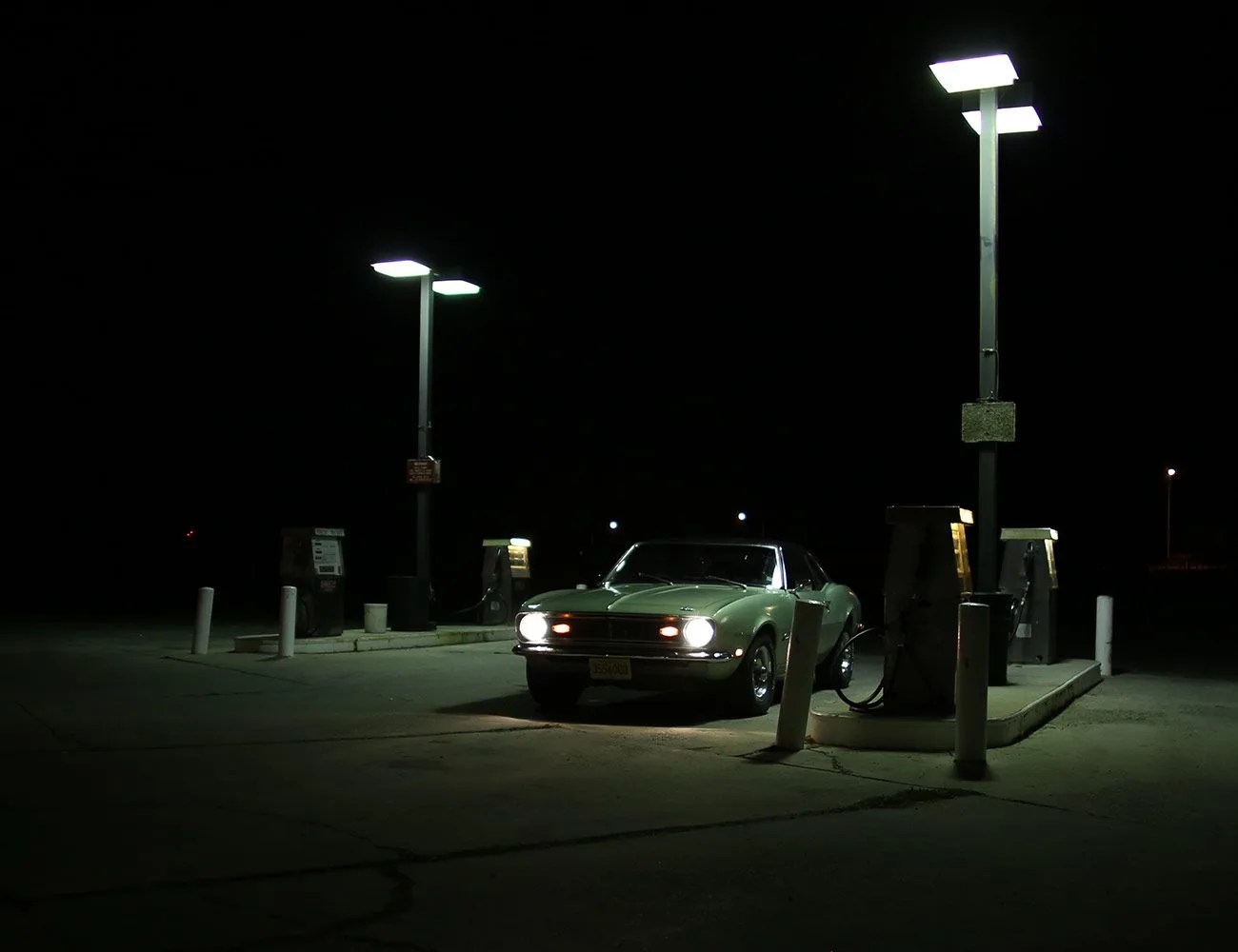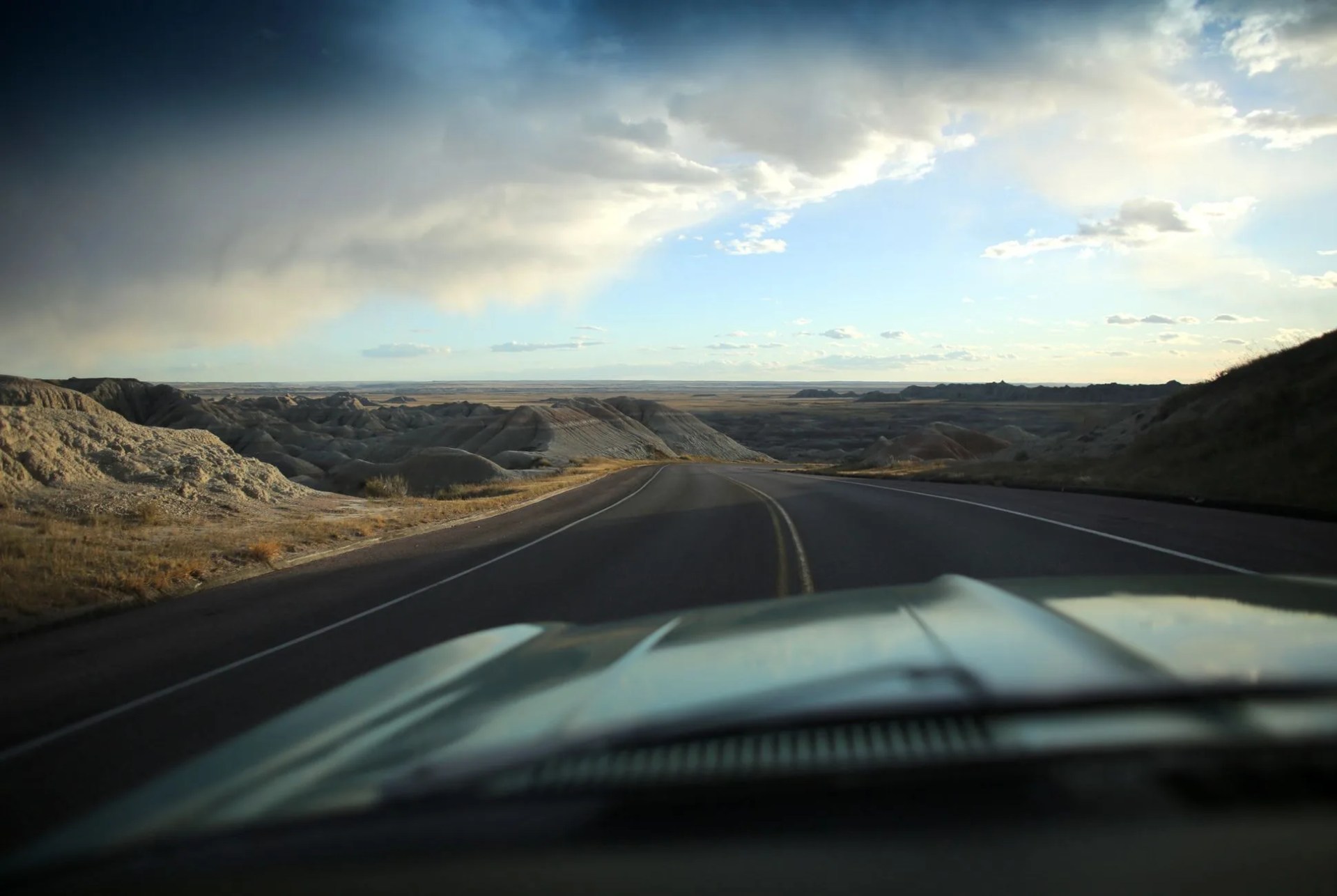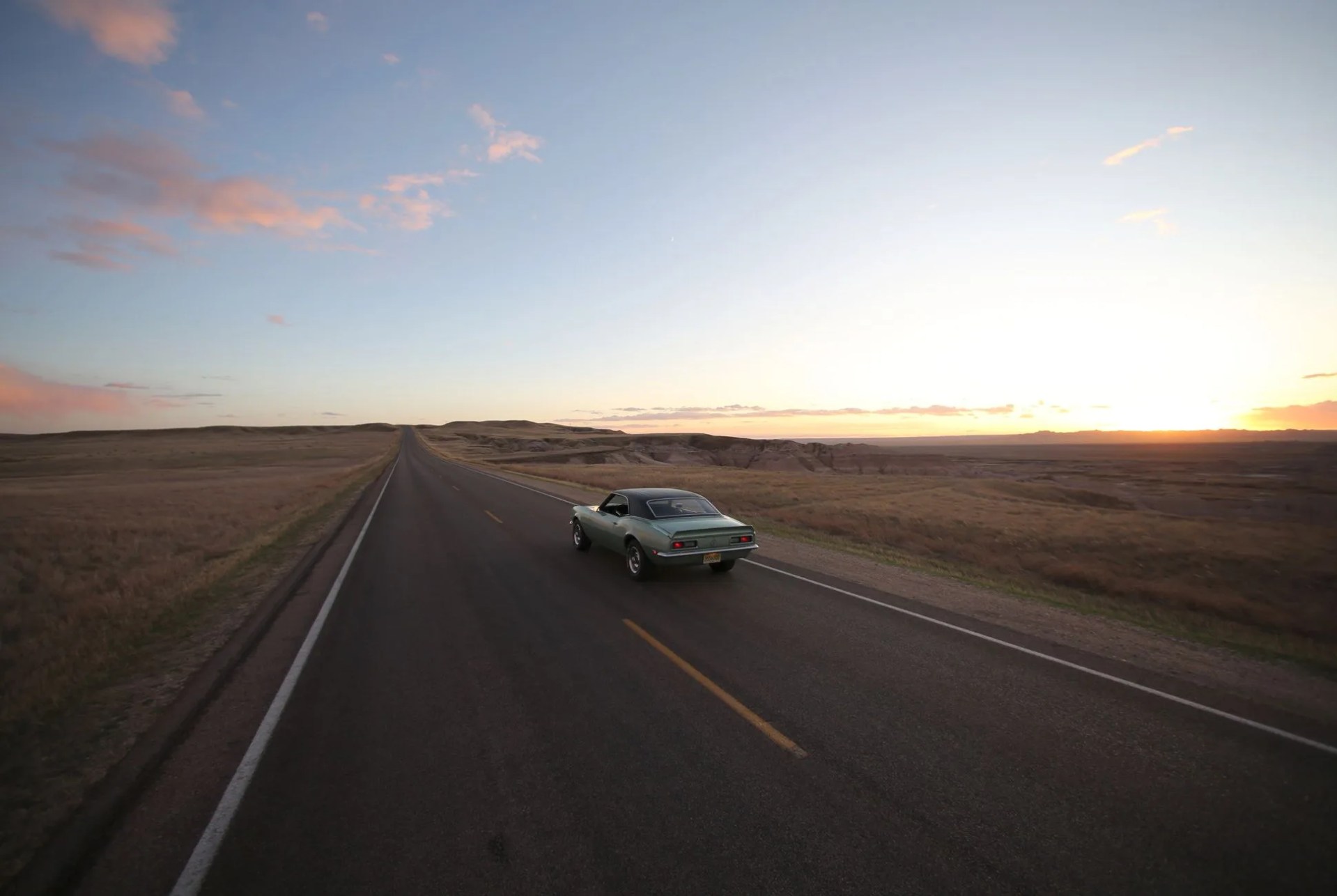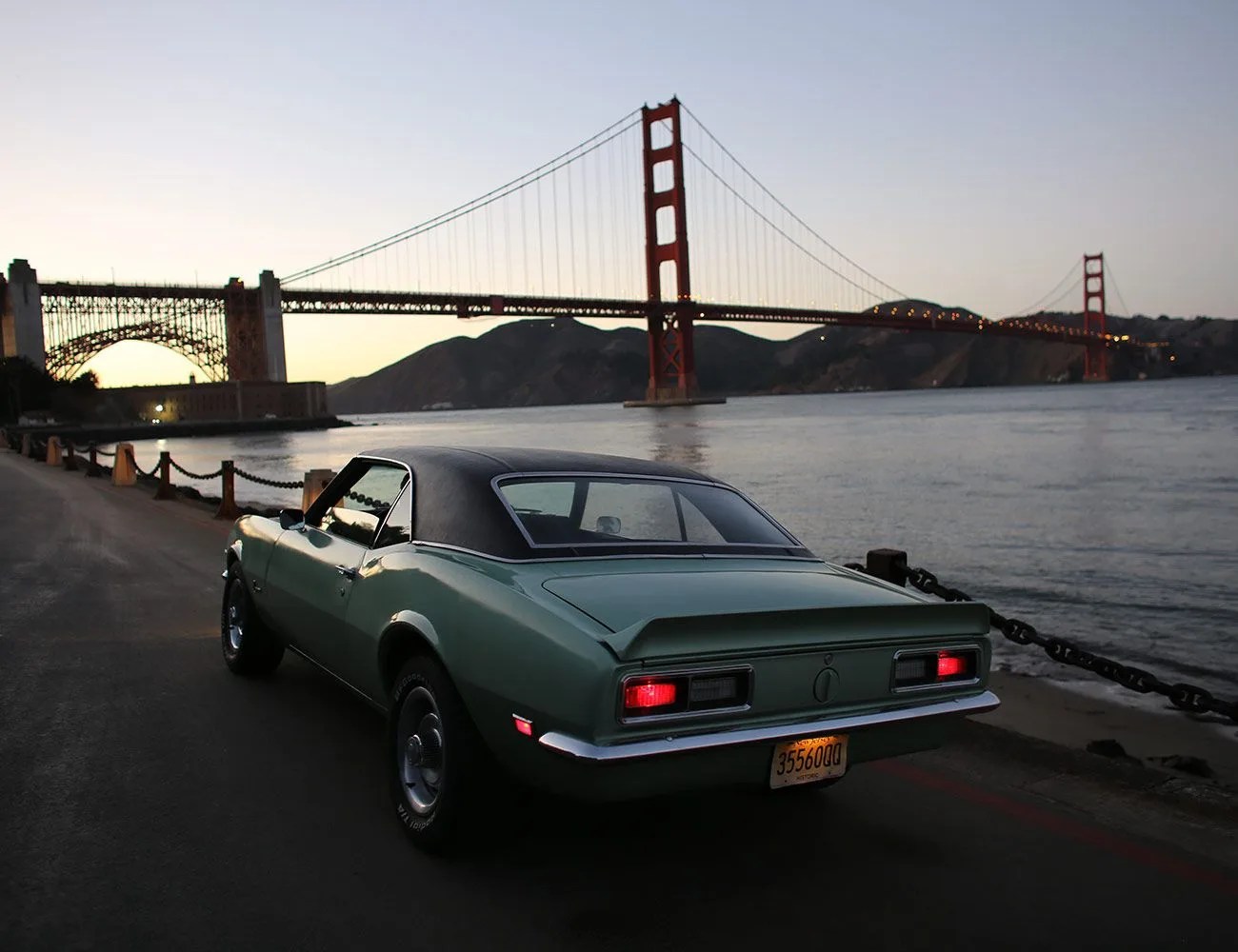13 photos
Two years ago I was given the keys to a 1968 Camaro. My father had purchased it from our New Jersey neighbors, and together over the course of odd weekends and extended holiday breaks, we restored it. Then, three months ago I decided to put myself to the test. I ended my lease in New York, and drove west, embarking on the journey with an arrogant desire to prove a life lived alone on the road and under the stars would make me happier — to realize the calling of a life lived in solitude. What I found was a bit surprising to me, especially considering my insatiable hunger for adventure.
The Car
In 1967 Chevrolet introduced the very first Camaro as an answer to Ford’s Mustang, which had debuted three years earlier. The second year of production on Chevrolet’s new “pony car” would deliver over 200,000 units of various trim levels off the assembly line. Mine is a standard four-speed sport coupe with a 327 V8 and Grecian Green paint.
The story goes that my father was in high school when his neighbors, the Galinos, drove their brand-new Camaro home from the dealership. There it stayed, directly across the street from where dad eventually met my mother. The car, used for 20 years as a daily commuter, would collect only a modest 55,000 miles before sitting dormant, garage-kept and unregistered for 27 more years, patiently awaiting a second life.
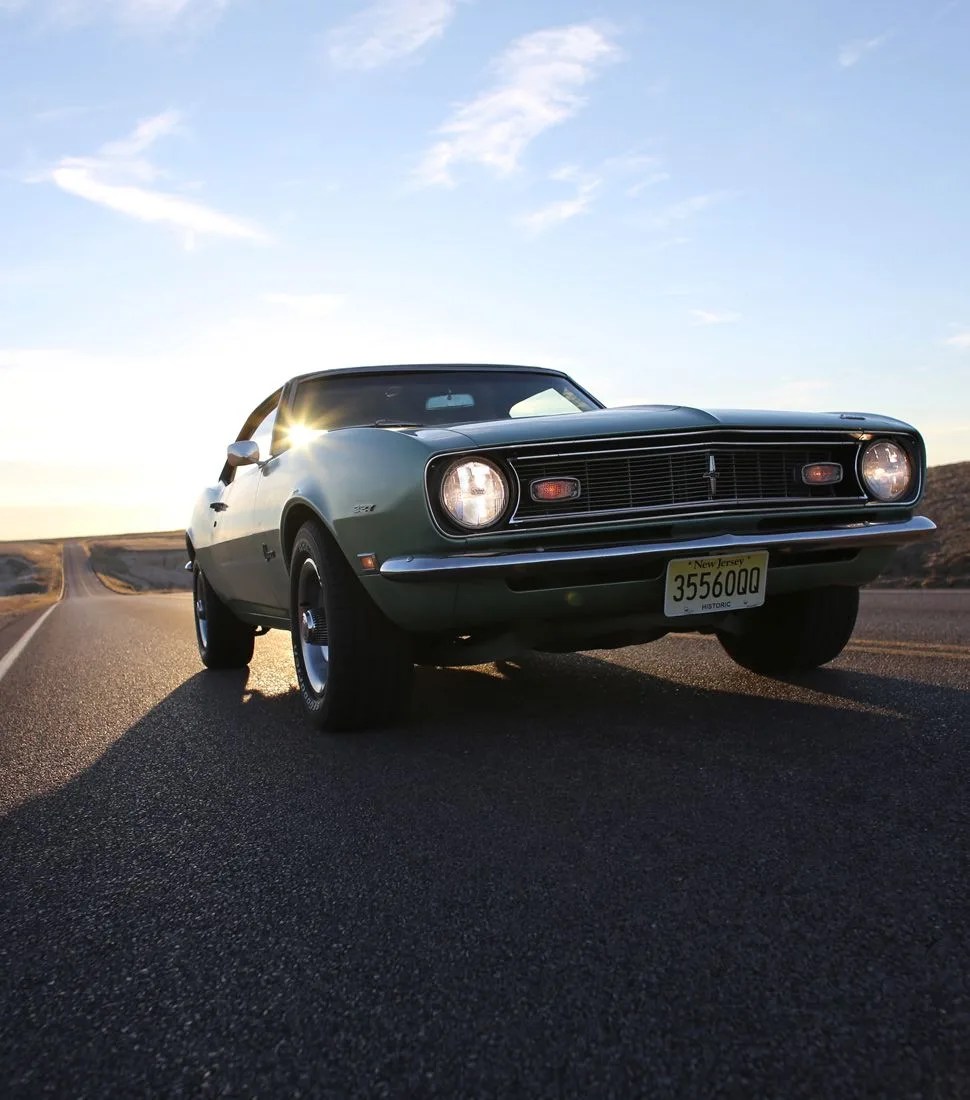
Now that its restoration is complete, what registers first, at least to classic car connoisseurs, is how intact my car’s body is. Surviving 50 years of winter in the Northeast with no trace of cancerous rust on the body or chassis is downright remarkable. That, along with its ultra-low mileage and second-owner status makes a car that’s actually one of 200,000 seem closer to one in a million.

